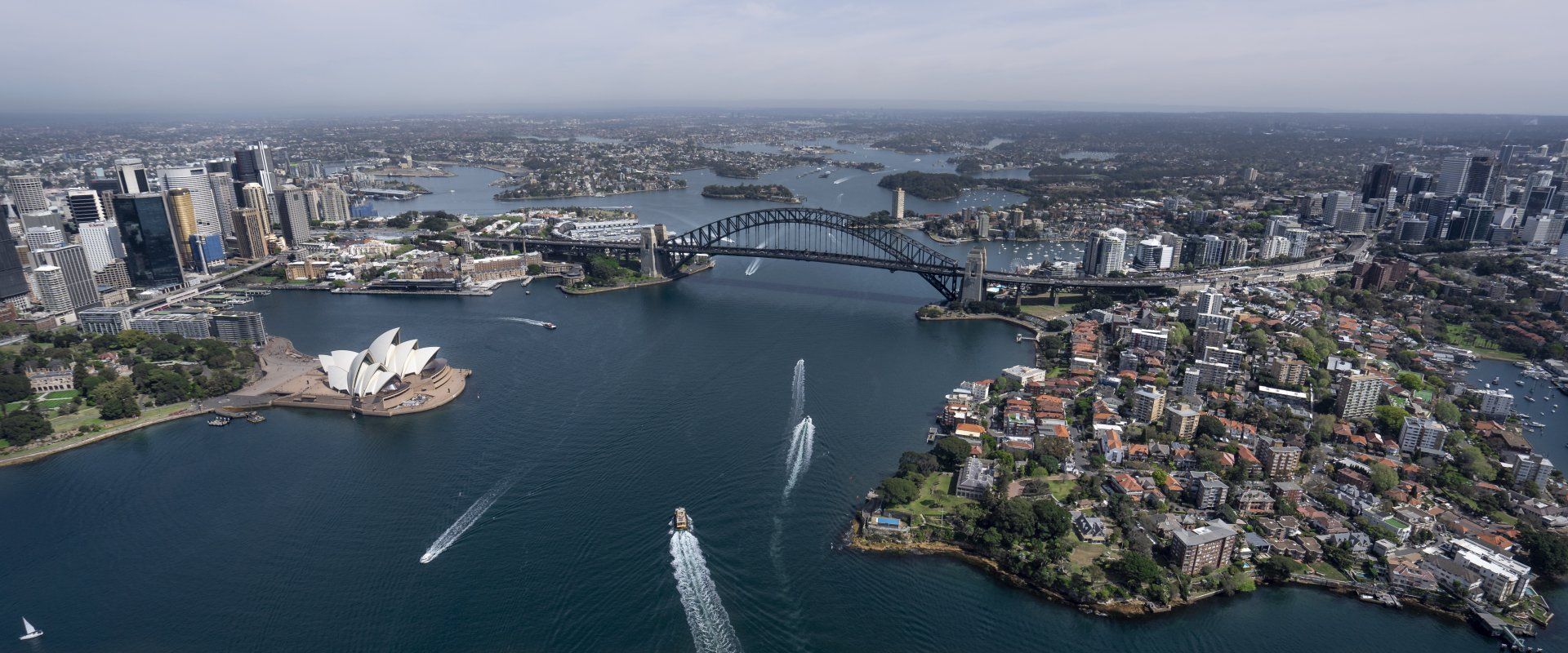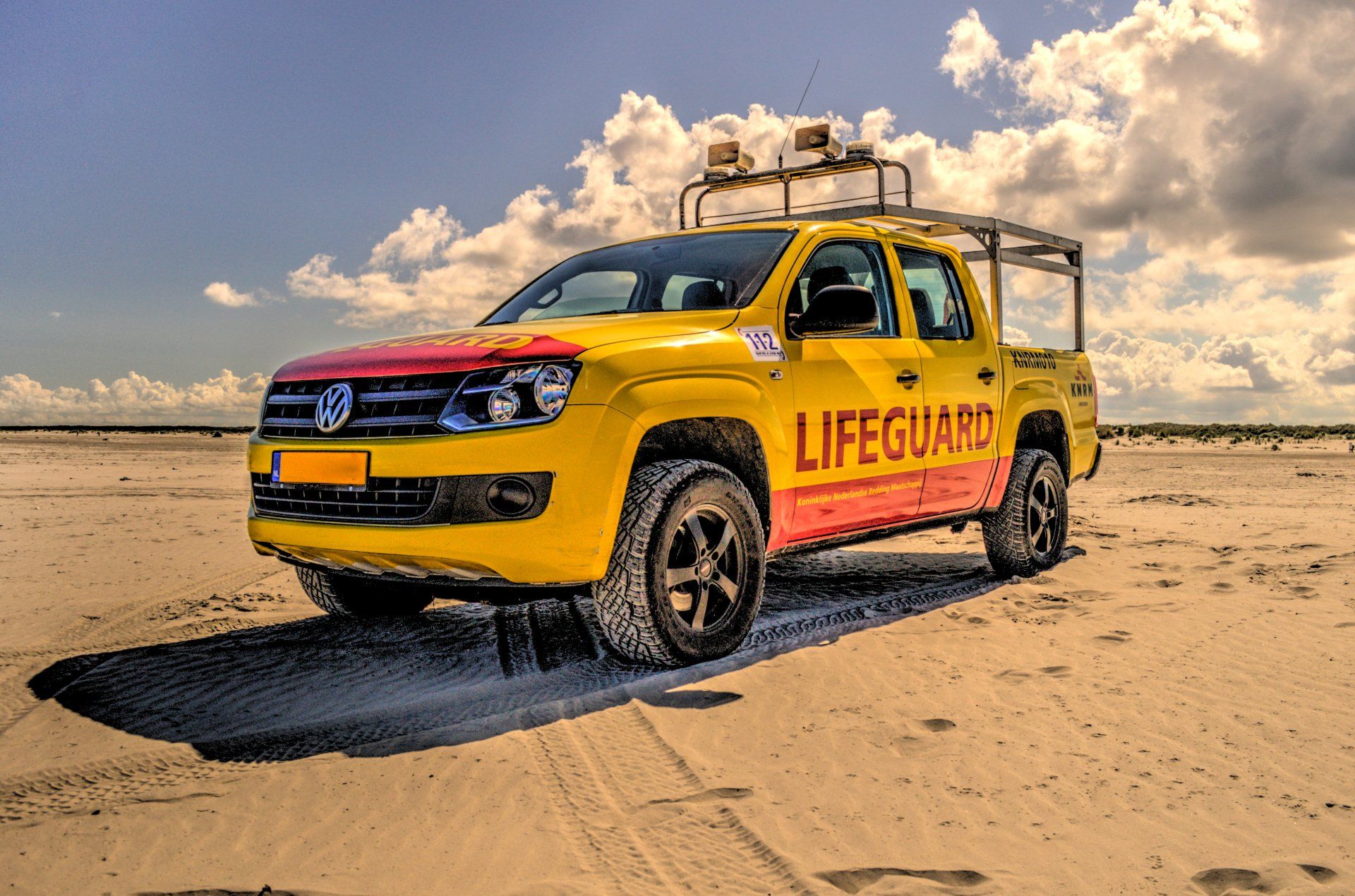House vs Duplex
What's the difference between a house and a duplex?
A duplex is two homes on one lot. In most cases, half of the duplex will have an address number that ends in 1 or 2, while the other half will end with 3 or 4. A single-family home has no other units besides those used exclusively by the occupants of that home. While a duplex does have two residences, it also has shared space such as a parking area or driveway. Most duplexes are attached--one facing side of each unit shares a common wall. Turning a duplex into two separate homes requires additional construction, which can be costly and time-consuming.
The main difference between houses and duplexes is that with a house, there are no other units in the building. House owners have exclusive use of any space inside their property lines, including garages and porches. With a duplex, half of the building is used for two residences while the other half may be used for parking or storage. The concept of a "duplex" comes from the word "dual" which means to contain two parts.
Duplexes sometimes referred to as semi-detached or twin homes, means that there are two separate homes attached to each other side by side.
A single-family home typically features private access to all areas of the property including garages.
A stand-alone house will have a greater market resale value over time than that of its counterparts.
How big is the average duplex?
A duplex will often have more than one floor but less than two stories. Each unit will have 1-2 bedrooms, 1-2 bathrooms, kitchen space, laundry facilities and occasionally an office or formal study area. It may also include a garage for 1 car per unit depending on the size of the lot where it stands.
There are other detached properties that are not considered freestanding homes such as townhouses, also called semi-detached homes. Townhouses are attached homes with a common wall. These properties typically have 2-3 stories depending on the number of units in the townhouse, and there is usually only one unit per floor. Each townhouse will have private access to an exterior door but share some other features such as parking areas or porches. Townhouses also may also include garages for multiple cars depending on how many units in total are within that particular structure.
What is the average size of a block of land in Australia?
A block of land is the term used to describe an area of real estate. Depending on where you are in Australia, the size of blocks varies greatly. Blocks can be as small as 250 square metres or as large as 600 square metres. The average size for a house and garden in Canberra is around 400 square meters which include space for a garage and carports. Sydney houses average at approximately 500-650 sqm while Perth houses are around 750sqm.
What are some benefits of living in a duplex?
There are quite a few benefits to living in a duplex. Duplexes are usually more affordable than single-family homes because they have less space. In many cases, your neighbour is only a few feet away from you, giving you a sense of security and making it easy to become friends with your neighbours. It's also common for duplexes to come with additional amenities such as a pool or playground. This gives families an opportunity to get outside more often and enjoy the fresh air while staying in close proximity to their homes.
What are some drawbacks of living in a freestanding home?
Freestanding homes tend to be more expensive than duplexes because they give you more space. They are typically larger in size than semi-detached homes or townhouses. With more space comes additional responsibilities including cleaning and maintenance of the exterior surfaces. Freestanding homes may also require professional landscaping, which can be expensive depending on how much you want to invest in your property. Upkeep and maintenance is an unending responsibility that can be a drawback for some people who become too busy with work or family to keep up their property.
What are the benefits of living in a freestanding home?
In a freestanding home, you can create your own exterior space for entertaining guests or just relax on the weekend. Freestanding homes provide more privacy than semi-detached or townhouse communities since you do not share walls with neighbours. In some cases, you can even build a pool or outdoor patio that is not visible to your neighbours.
Freestanding homes are also great if you have pets because they usually give you more freedom to roam around without having to worry about walking them in the community area.
Additionally, if you invest in landscaping your freestanding home, it may increase your property value when trying to sell your house later down the line.
Freestanding houses may also require hiring a landscaping company for upkeep and maintenance since they do not share any exterior wall space with other units. If you don't have the budget to hire a landscaping company, it is up to you as the homeowner to maintain your exterior property by trim.
What are the drawbacks of living in a duplex?
Duplexes, especially smaller ones, tend to be more expensive than freestanding homes. They also do not provide the same amount of privacy that you might enjoy in a freestanding home. You may have neighbours on top of or below you depending on how your duplex is built which can lead to light shining into your windows and complaints from neighbours if you have guests over who are being too loud after a certain time at night.
If you have a large family, duplexes probably aren't ideal for you either. Duplexes have limited backyard space which might make it difficult for everyone in your household to enjoy some outdoor time together.
What is the difference between townhouses and semi-detached homes?
A semi-attached home is when two homes share one wall; this allows builders to build smaller but still provide privacy for homeowners.
Townhouses are a great option for growing families because they provide the advantages of both freestanding homes and duplexes. In some cases, you may have a neighbour on one side or another but in most cases, your neighbours only share a wall with you. This saves homeowners from having to deal with the extra bulkhead walls that can be seen in duplex communities giving them more privacy.












